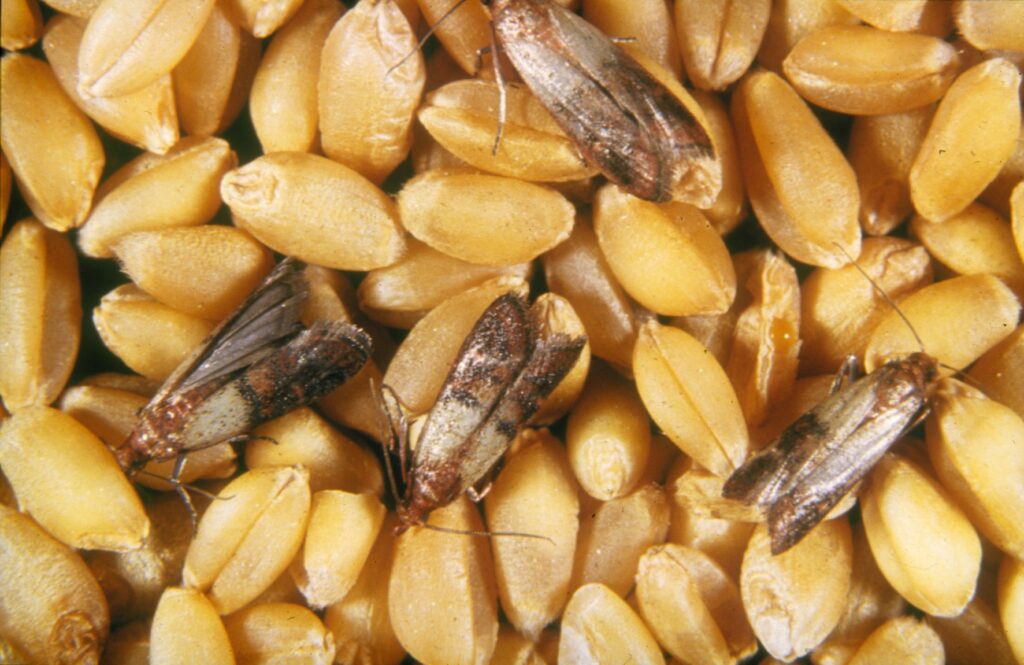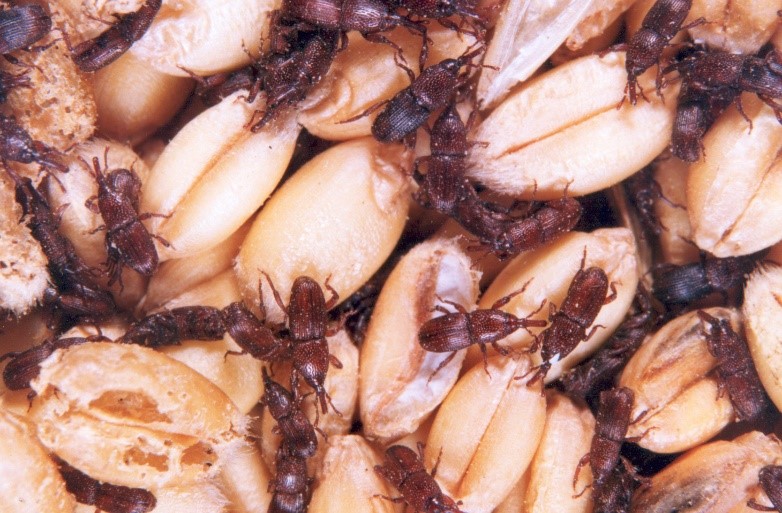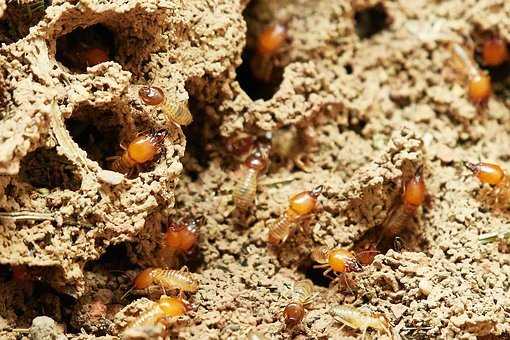
Have you ever thought about what triggers power outages? When the power goes out, it can affect from a few houses to whole suburbs. No one prefers to live in the dark, especially when electricity disappears. Pests like rodents and birds inflict hundreds of outages annually, costing millions of dollars for repair. Although these sneaky creatures appear to be innocent, they can create holes in your pockets and can quickly become a headache. They even cause harm to someone’s assets or belongings.
Rodents have two pairs of razor-sharp incisor which grows throughout their life and to keep them in check they gnaw on objects whichever comes in their way. They chew on cable sheathing to acquire insulation as nesting material and to keep their choppers in check otherwise the unmanageable length can be led to starvation and death. Short circuits can occur if rodents chew on the insulation covering of wires, resulting in costly damage. And the insulation on your new wires can simply be chewed away when you fix the wires!
The utility lines provide a bird’s eye view of the birds of prey. When birds are about to migrate, wires provide a staging area. Insectivorous birds catch their food while flying, so they still keep an eye out for tasty treats when they drive by power lines. Such wires can be more appealing perches than trees because there is no foliage to obscure the view or conceal prey.
Who would have thought that these cute creatures could cause so much damage?
Well, these are some recent incidents where these pesky critters are blamed for messing with utility lines.
Beavers chew through 4.5-inch thick tube, disrupting internet service for 900 B.C. customers
Beavers have chewed through fiber cable at multiple points, causing extensive damage. Internet service for about 900 homes and businesses, as well as cable service for 60 customers, was first disrupted on Saturday, April 24 for about 36 hours. The beavers first chewed through the 4.5-inch thick conduit before chewing through the cable in multiple locations
It was then noted that the beavers now seem to have been continually scouting for new materials to build their home. They currently use fiber marking tape that is usually buried about several feet underground as part of their growing dam.
Squirrel causes power outage in Eau Claire
A squirrel making contact with electrical equipment caused a brief power outage that affected nearly 5,500 customers in Eau Claire and the Town of Washington on April 05, 2021. Xcel Energy confirmed the social media post, stating that a squirrel had come into contact with electrical equipment at their substation near London Road, causing a power outage lasting approximately 30 minutes.
Bird causes thousands to be without power in Murfreesboro
A bird caused thousands to be without power in Murfreesboro on February 27, 2021 morning.
Middle Tennessee Electric says about 8,800 meters were out near Murfreesboro. Crews worked to restore the power at one of the substations and were able to successfully do so about an hour after reporting the outage.
MTE officials told News 2 a bird flew into the substation, causing the outage.
Despite incredible progress and technological advancement, the critters continue to trigger power outages, which is a very basic yet troublesome question.
Though beavers, squirrels, and birds cause damage to power grids they play a very important role in the ecosystem. Beaver dams prevent soil erosion and keep sediment in place, which absorbs and filters contaminants including heavy metals, pesticides, and chemicals. They’re nature’s architects!
Birds carry the seeds they consume and spread them by their excrement. They restore ecosystems that have been ruined. They also shaped plant life. Squirrels play an important role in forest regeneration. They contribute to shaping the ecosystem due to their food storing habits. They gather seeds and bury them in forests for the future, but their vagueness aids the ecosystem’s survival.
Thus, it is important to keep these pests away from utility lines ensuring that they will not be harmed in any way!
There is a solution with C Tech Corporation to keep the pests away from power grids.
We have developed an environment-friendly, non-hazardous, non-toxic, non-mutagenic, and non-carcinogenic product range to fight the problem without killing the pests.
Rodrepel™ can be used to combat rodent nuisance in power sectors. It is a rodent and animal repellent that works on the principle of aversion. Its mechanism is tried and tested and is proven to be effective against rodents.
Rodrepel™ is available in the form of a masterbatch, liquid concentrate, lacquer, wood polish additive, and spray.
The masterbatch can be incorporated with the polymer to manufacture cable sheathing and polymeric equipments. The liquid concentrate can be mixed with paints and used to coat interiors and exteriors of server rooms, surfaces of signal towers, electrical boxes, etc. The lacquer can be used as a topical application for existing wires, transformer boxes, flooring of server rooms. The wood polish additive can be blended with wood polish and can be applied to wooden articles surrounding power grids.
The ready-to-use Rodrepel™ spray is easy to use and protects wires and cables from rodent damage. It can be easily sprayed on any infested area.
Combirepel™ Bird repellent gel lacquer is specially designed to prevent birds perching and roosting.
It is available in the form of concentrate gel lacquer. The product causes the bird’s pain receptors associated with taste. Some birds use their sense of smell through which they recognize that the product is a threat. This repellent evokes a physiological effect that the birds associated with a sensory cue and then learn to avoid.
The product is anti-corrosive and water-resistant and has no effect of UV light on it. The product is transparent and is compatible with most of the surfaces which are easy to apply.
Our Bye-Bye Birdie spray is a ready-to-use spray and can be sprayed directly on wires and cables or transformer boxes where birds roost to prevent a power outage.
Thus, using the bird’s sensory mechanism, we can get rid of them without causing them any physical harm.
The products are compliant with RoHS, RoHS2, RoHS3, REACH, APVMA, NEA, EU-BPR, and FIFRA exempted.
Contact us at technical.marketing@ctechcorporation.com to keep the pests away.
Also, visit our websites:
1] http://www.ctechcorporation.com/
Follow our Facebook pages at:
1] https://www.facebook.com/Combirepel-411710912249274/
2] https://www.facebook.com/Termirepel-104225413091251/
3] https://www.facebook.com/Rodrepel-120734974768048/
Follow us on our Twitter pages at:
1] https://twitter.com/rodrepel



